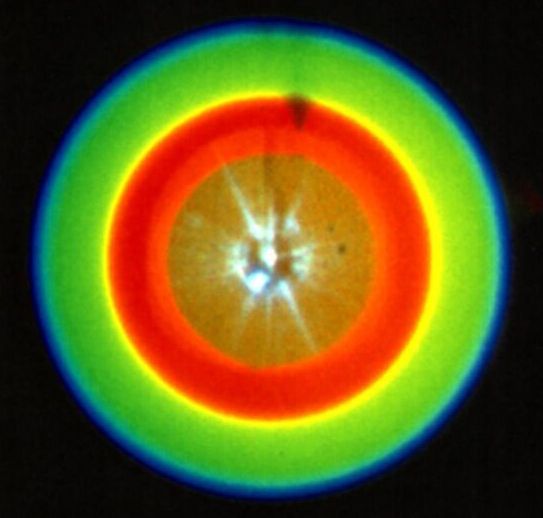The human eye is a surprisingly good photon detector. What can it spy of the line between the quantum and classical worlds?
I spent a lot of time in the dark in graduate school. Not just because I was learning the field of quantum optics – where we usually deal with one particle of light or photon at a time – but because my research used my own eyes as a measurement tool. I was studying how humans perceive the smallest amounts of light, and I was the first test subject every time.
I conducted these experiments in a closet-sized room on the eighth floor of the psychology department at the University of Illinois, working alongside my graduate advisor, Paul Kwiat, and psychologist Ranxiao Frances Wang. The space was equipped with special blackout curtains and a sealed door to achieve total darkness. For six years, I spent countless hours in that room, sitting in an uncomfortable chair with my head supported in a chin rest, focusing on dim, red crosshairs, and waiting for tiny flashes delivered by the most precise light source ever built for human vision research. My goal was to quantify how I (and other volunteer observers) perceived flashes of light from a few hundred photons down to just one photon.
As individual particles of light, photons belong to the world of quantum mechanics – a place that can seem totally unlike the Universe we know. Physics professors tell students with a straight face that an electron can be in two places at once (quantum superposition), or that a measurement on one photon can instantly affect another, far-away photon with no physical connection (quantum entanglement). Maybe we accept these incredible ideas so casually because we usually don’t have to integrate them into our daily existence. An electron can be in two places at once; a soccer ball cannot.
